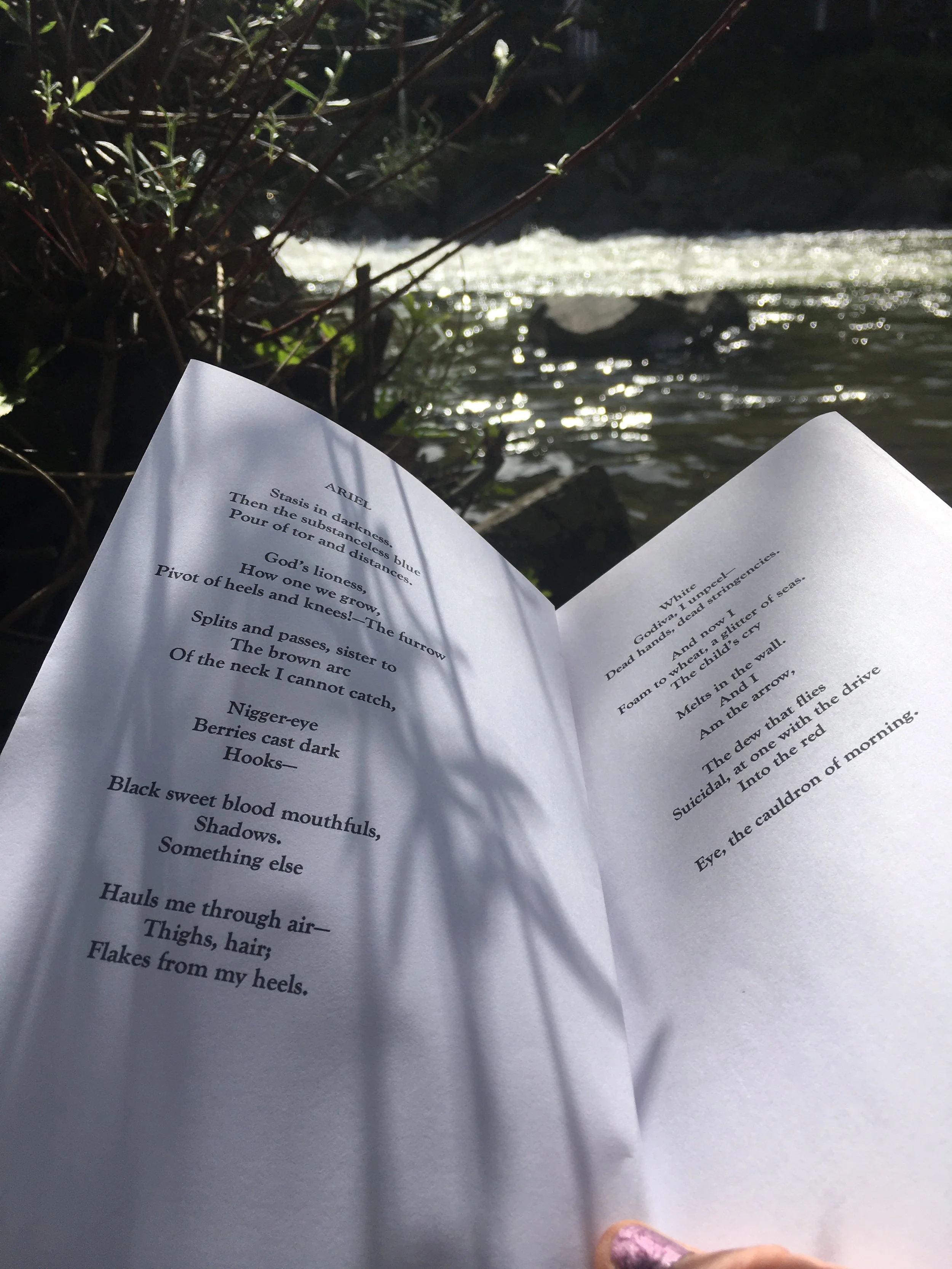Haiku and Tweets: the shorter stuff
/
To write or tell words that live, breathe and jump off the page, we first have to discover, or re-discover, an attitude of wonder and revelation in relation to the world around us. The writers in the Japanese tradition of Haiku, were masters of this.
For those of you unfamiliar with Haiku, it’s a poem composed of three lines of 5,7 and 5 syllables. Traditionally, it also contains a word to denote the season. Another of its defining features is the presence of the 'aha moment'- that moment of revelation in which we look in wonder at the world around us, as it reveals itself in all its glory. The 'aha moment', is a very short, fleeting moment, in which a human being catches a glimpse of what we could call 'world harmony'.
I believe that the power of the Haiku comes from the juxtaposition of largely uninflected images, which allow us to make metaphorical connections, to join one realm of our experience with another. The less abstract allows us to know the feeling tones of the more abstract.
In these three examples below, notice how much emotion the poet Basho infuses into a few lines. See also how he seeks out symbols in nature to act as metaphors for his feeling states. In the first Haiku, notice how ‘The cherry flakes falling’ symbolises, and makes real to the reader, the more abstract quality of a singing voice.
If I’d the knack
I’d sing like
cherry flakes falling.
Loneliness--
caged cricket dangling
from the wall.
Friends part
forever--wild geese
lost in cloud.
Basho ‘Haiku’
Jane Reichhold has written a helpful article on how to master ‘Haiku Techniques’. You might want to refer to it as you undertake this month's assignment.
And, as we end the year, a few tips for resolving writer’s block, if it jumps out of the bushes at you this festive season.
-The key thing is to find your way back into contact with the materials and the enjoyment of the process. Block is nearly always a disconnection from that. So, let go of that image of the front cover of the published book, for now!
-Re-kindle your interest in the project by playing with words as if they were clay or another art medium.
-Chunk the project down into manageable, bite-sized, fearless pieces.
-Create a realistic timeline, but be prepared to re-negotiate it with yourself if necessary.
-If, realistically, you only have 15 minutes a day of time to write, sit down for that 15 minutes a day. Don't spend the 15 minutes waiting for a free hour to come up!
-Bring your fears into awareness. Then you can choose to accept them, ignore them, or negotiate with them.
-Trust that there's a reason that your body and mind need to tell this story at this time. You may not be consciously aware of it, but there's something to be processed. It may be something you've been working with for a long time, and which holds many fears. If so, no wonder it's not easy to face! Forgive yourself the resistance.
-The closer you get to your authentic voice, and the more you're saying what needs to be said, the more it will write itself. The authenticity will create the appropriate form and dissolve the block. So keep searching for your authentic voice.
-Working on a project, or thinking about working on a project for a long time can be like carrying a weighty backpack around with you. What can you put down? Your expectations? Your fears? How can you create space?
-Writing a novel is like running a marathon. It needs preparation, training, and pacing. Your job as a writer is to train. Then the project will realise itself.
-Put yourself in the space and keep going, even when you don’t feel like it. No-one’s job is fun all the time.
To see the Writing Prompt that accompanies this article, you'll need to sign up on the Wild Words website homepage to receive the Monthly Newsletter, or join the Wild Words Facebook group












Winter Solstice Competition Runner-up: Hannah Ray, with You Were Born in a Pandemic